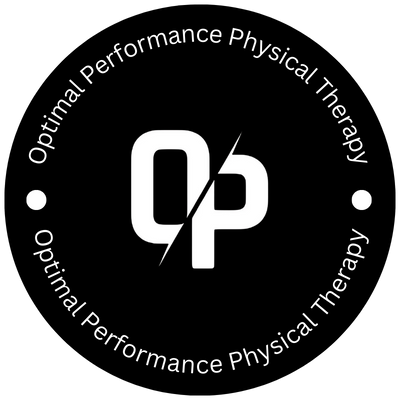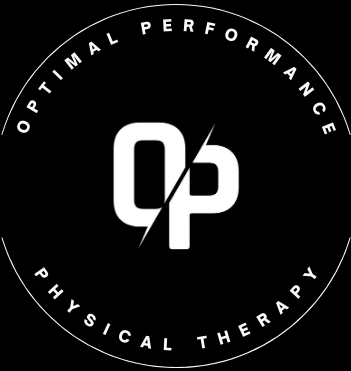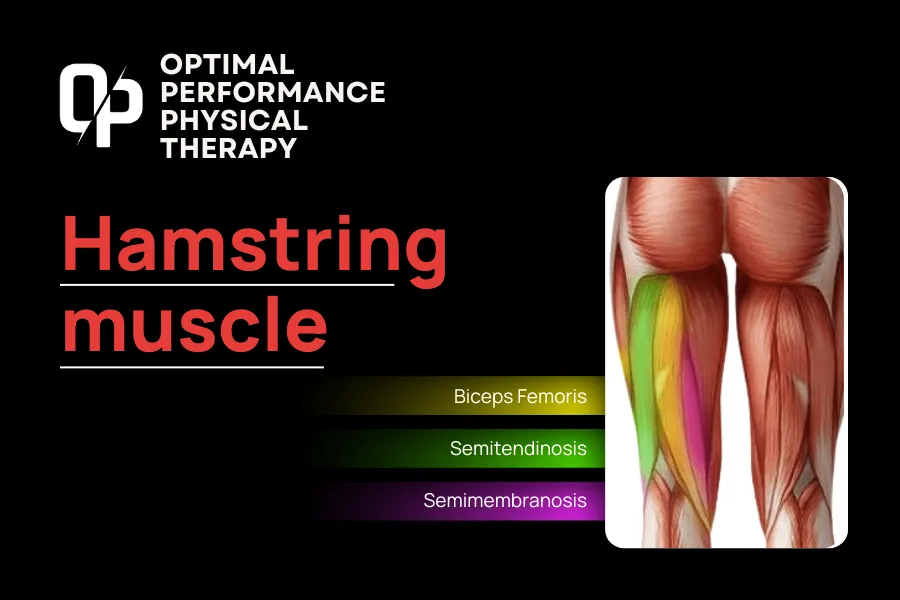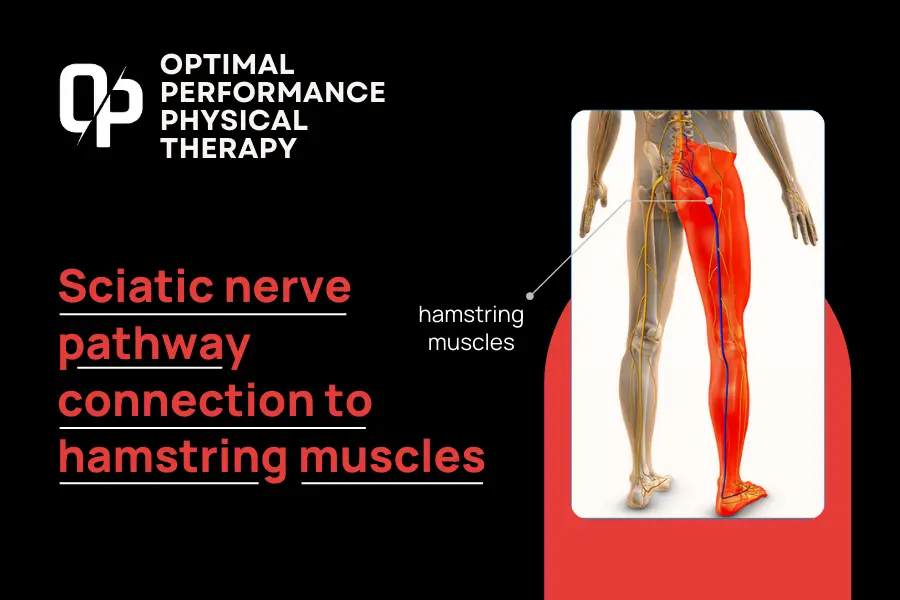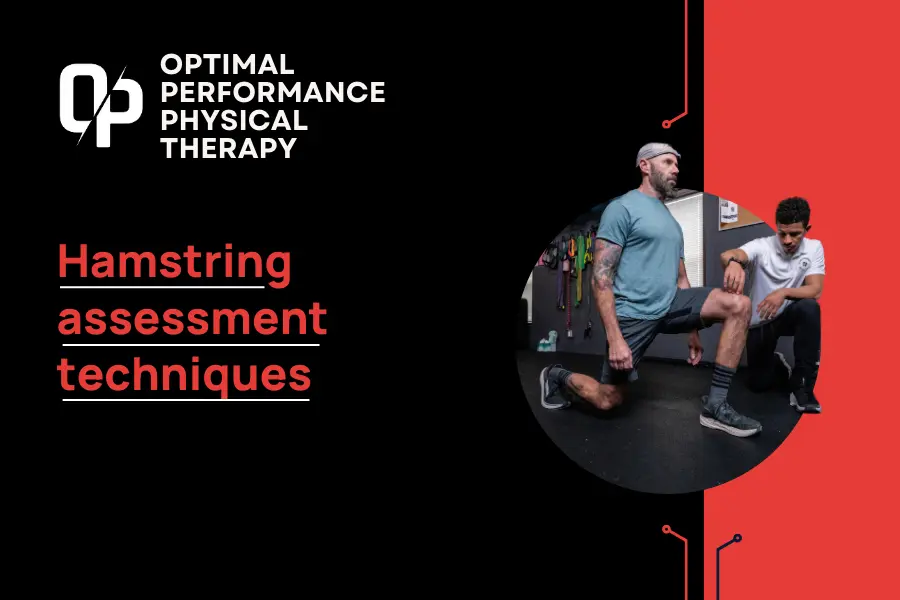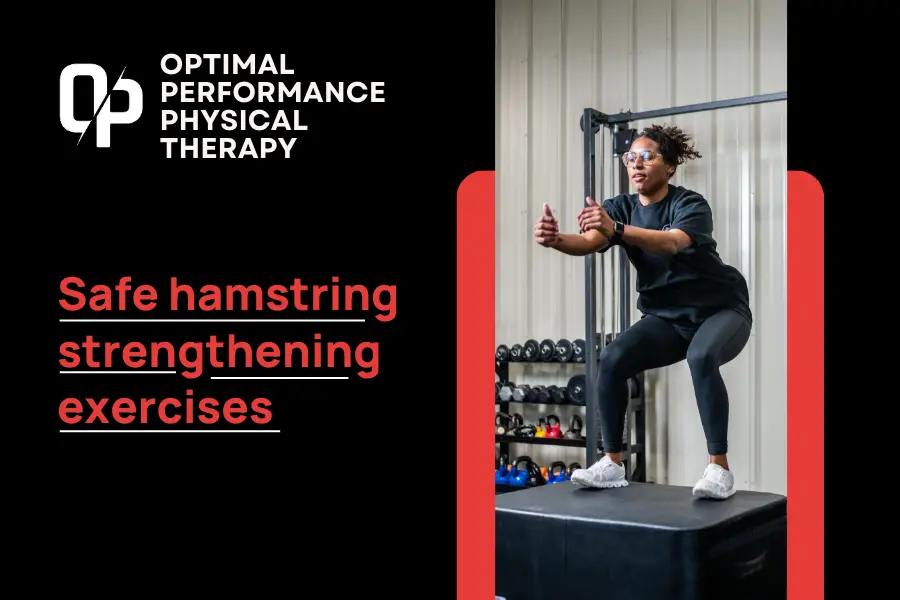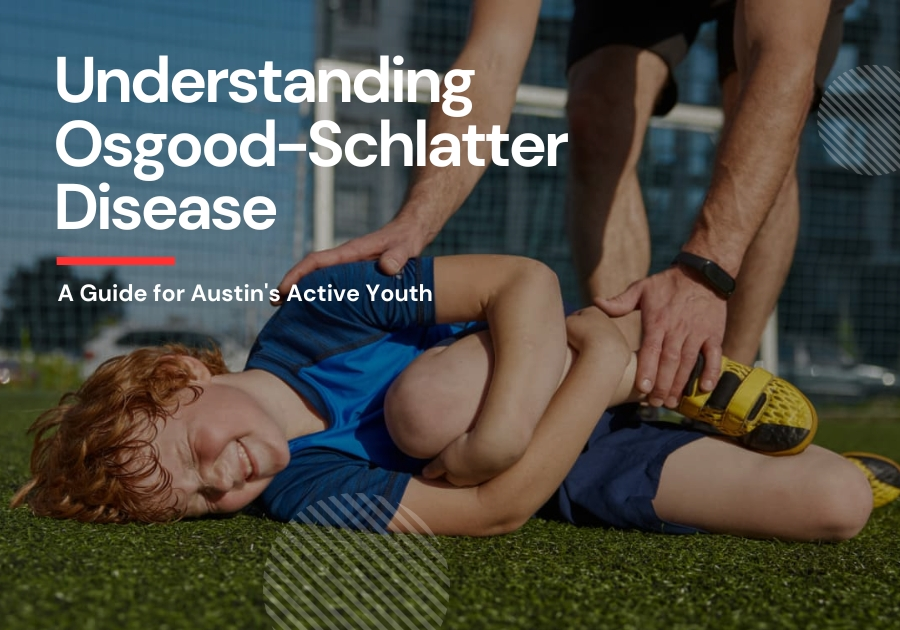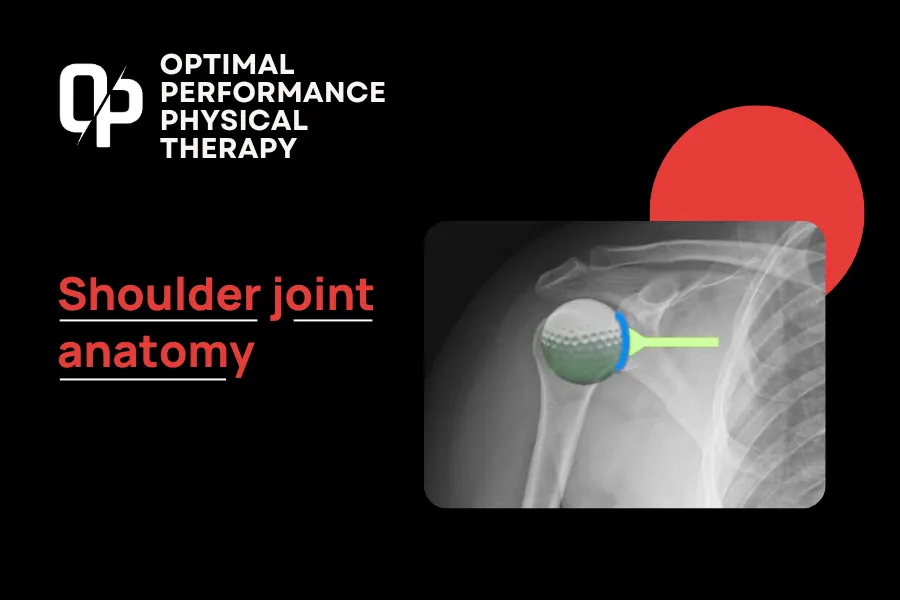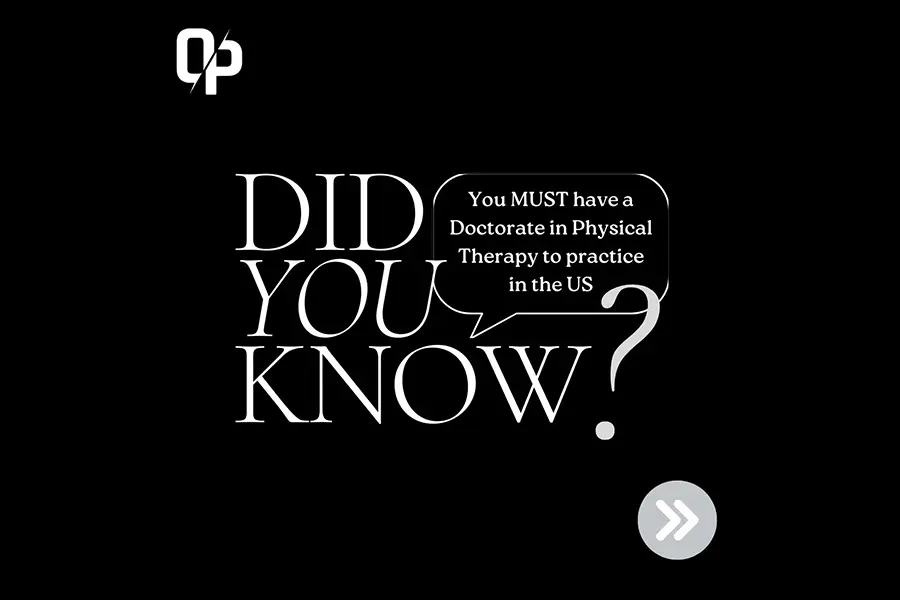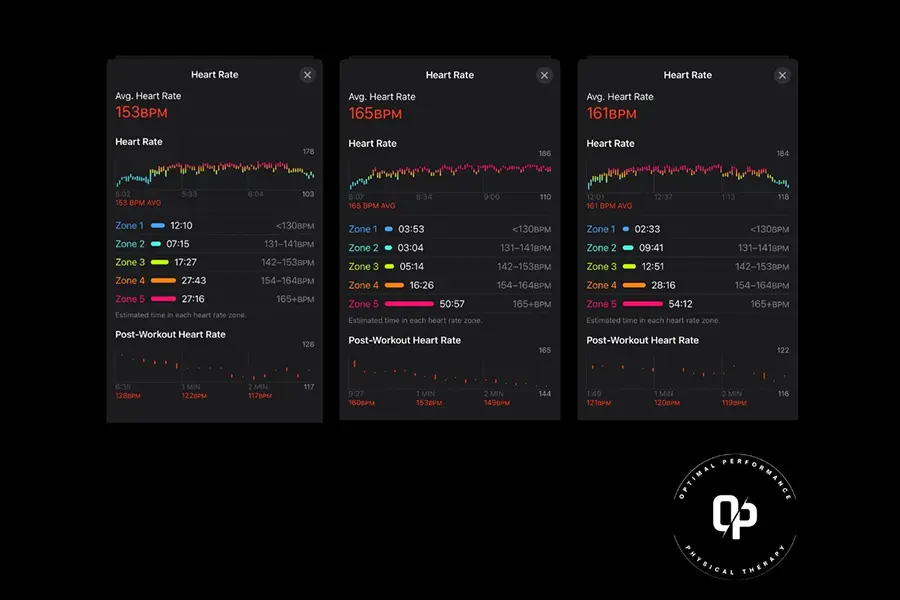The complexity of hamstring pain often catches many people by surprise. What seems like a simple muscle strain can actually be part of a more intricate system of interconnected issues affecting your daily life. Whether you’re an athlete pushing your limits on the field or an office worker dealing with persistent discomfort, understanding the true nature of hamstring pain is crucial for finding effective relief. This comprehensive guide will help you navigate the various aspects of hamstring pain, its causes, and most importantly, how to find the right treatment approach.
Understanding the Hamstring Complex
The hamstring system is far more sophisticated than most people realize. Rather than being a single muscle, it consists of four distinct muscles that work together in harmony to control your leg movements. These muscles – the semimembranosus, semitendinosus, and biceps femoris (long head and short head) – extend from your sitting bones (ischial tuberosity) down to your knee. Each plays a vital role in your ability to walk, run, jump, and even maintain proper posture while sitting.
When functioning properly, these muscles work together seamlessly to:
- Control knee flexion during walking and running
- Stabilize your pelvis during standing activities
- Assist in hip extension during movement
- Provide support for your lower back
What Does Hamstring Pain Really Feel Like?
Understanding the sensation of hamstring pain requires recognizing that symptoms can vary dramatically based on the underlying cause. Many patients at our physical therapy clinic in Lakeway initially describe their pain as a simple muscle strain, only to discover through proper assessment that the root cause is more complex. The location and character of the pain often provide crucial clues about its origin and the most effective treatment approach.
The experience of hamstring pain typically manifests in several distinct ways, depending on whether it’s affecting the upper or lower portion of the muscle group. Upper hamstring pain often presents as a deep, persistent ache near the sitting bones, particularly noticeable when sitting for extended periods. Lower hamstring pain, on the other hand, tends to create more acute symptoms near the knee, especially during activities that require knee flexion or extension.
Common pain patterns include:
- Sharp, sudden pain during explosive movements
- Dull, persistent aching that worsens with prolonged sitting
- Pulling or tightness sensations during stretching
- Referred pain that seems to travel along the back of the leg
The Science Behind Hamstring Pain and Back Connection
Recent research from the Journal of Orthopaedic & Sports Physical Therapy indicates that at times perceived hamstring pain cases are actually related to neural tension or back issues. This connection between back health and hamstring function demonstrates why a comprehensive treatment approach is essential for lasting relief.
When the sciatic nerve becomes irritated or compressed in the lower back, it can create symptoms that mimic traditional hamstring injuries. This phenomenon, known as referred pain, often leads people to focus their treatment efforts on the wrong area. At Optimal Performance Physical Therapy, our experienced physical therapists are trained to differentiate between true hamstring injuries and nerve-related symptoms.
Understanding nerve-related hamstring pain requires recognizing several key characteristics. Unlike a typical muscle strain that might feel better with rest, nerve-related pain often:
- Persists even with traditional rest and ice protocols
- Creates symptoms that can change throughout the day
- May be accompanied by numbness or tingling
- Often worsens with prolonged sitting or certain postures
Comprehensive Assessment and Treatment Approaches
Effectively addressing hamstring pain requires more than just rest and stretching—it demands a thorough assessment and a tailored treatment plan. At Optimal Performance Physical Therapy (OPPT), we take a comprehensive approach to uncover the root causes of your pain, whether it’s a muscle strain, nerve-related issue, or biomechanical imbalance. Our goal is not only to relieve your current symptoms but also to prevent future injuries. The journey to recovery begins with a thorough assessment. Our physical therapy services include advanced diagnostic techniques to identify the true source of your pain.
Comprehensive Assessment
A detailed evaluation is the cornerstone of effective treatment. Our expert therapists assess:
- Pain Location and Type: Differentiating between upper or lower hamstring pain and identifying whether it’s muscular, tendon or nerve-related.
- Range of Motion (ROM): Measuring flexibility and mobility in the hamstring and surrounding areas.
- Strength Testing: Evaluating muscle imbalances that may contribute to overuse or strain.
- Movement Patterns: Analyzing gait, posture, and functional movements to identify compensations or inefficiencies.
- Nerve Involvement: Testing for sciatic nerve irritation or compression along the spine that may mimic hamstring pain.
Tailored Treatment Approaches
Modern physical therapy combines traditional hands-on techniques with innovative approaches based on the latest research. According to studies published in the Physical Therapy Journal, successful treatment often requires a multi-faceted approach including:
- Manual Therapy:
Hands-on techniques like soft tissue mobilization, joint manipulation, and myofascial release improve flexibility, reduce tension, and enhance blood flow to promote healing. Learn more about our physical therapy services in Austin. - Targeted Strengthening & Stabilization Exercises:
We design treatment plans to rebuild strength and stability in the hamstring while addressing imbalances in the glutes, quads, and core. For example:- Hamstring bridges for posterior chain activation
- Eccentric exercises like Nordic curls to improve resilience
- Picking up objects from the floor with proper hip hinge mechanics
- Dry Needling:
This technique relieves trigger points, reduces muscle tightness, and improves neuromuscular function for faster recovery. - Personalized Blood Flow Restriction (PBFR) Training:
PBFR allows you to build strength with lighter loads by safely restricting blood flow during exercise. This is particularly effective for those recovering from severe injuries or surgeries where adding load is inappropriate. - Stretching Beyond Basics:
While stretching can help improve flexibility, we focus on dynamic stretches like standing hamstring stretches combined with active movements to enhance ROM without overloading the muscle. - Sports-Specific Rehab:
For athletes, we incorporate sport-specific drills to ensure a safe return to a specific activity while improving performance, so the issue is resolved. - Prevention Strategies:
We educate patients on proper warm-up routines, movement mechanics, and gradual progression in activity levels to minimize the risk of reinjury.
Prevention and Long-Term Management
Preventing hamstring pain and managing it effectively over the long term requires a proactive, multi-faceted approach. Whether you’re an athlete striving for peak performance or someone looking to maintain an active lifestyle, these strategies can help reduce the risk of injury and ensure sustained recovery.
Preventing future hamstring problems requires a comprehensive approach to movement and activity. Our success stories demonstrate how proper education and prevention strategies can lead to lasting results.
Prevention Strategies
- Dynamic Stretching: Incorporating dynamic stretches, such as walking lunges or hurdle steps, into your warm-up routine can improve flexibility and prepare your muscles for activity. Research highlights that dynamic stretching is more effective than static stretching for injury prevention during sports and high-intensity activities.
- Eccentric Strengthening: Exercises like Nordic hamstring curls and glute bridges are proven to strengthen the hamstrings while reducing the risk of strains. Eccentric training has been shown to improve muscle resilience by enhancing tendon structure and reducing overstretching.
- Load Management: Avoid overloading your hamstrings by gradually increasing exercise intensity and volume. High-speed running or explosive movements should be introduced progressively to prevent fatigue-related injuries.
- Cross-Training: Activities like swimming, cycling, or elliptical training can maintain cardiovascular fitness without placing excessive strain on the hamstrings. This is especially useful during recovery periods.
- Listen to Your Body: Early signs of discomfort, tightness, or fatigue in the hamstrings should not be ignored. Rest and modify activities as needed to avoid further strain.
Long-term management strategies include:
A properly structured exercise program that progressively challenges the hamstring system while maintaining proper form and control. This includes:
- Consistent Strength Training: A well-rounded lower limb strengthening program focusing on the glutes, core, quads, and calves can reduce stress on the hamstrings by improving overall leg stability. This ensures balanced muscle engagement during activities.
- Progressive Rehabilitation: For those recovering from injuries, a gradual loading program under the guidance of a physical therapist is essential. This may include heavy slow resistance (HSR) exercises to stimulate tendon repair while avoiding overload.
- Manual Therapy and Movement Education: Techniques like soft tissue mobilization, joint mobilization/manipulation, and movement re-education can improve flexibility, reduce stiffness, and correct faulty movement patterns that contribute to recurring pain.
- Regular Monitoring: Athletes should monitor their training load and recovery cycles closely to avoid overtraining. Using tools like wearable trackers or consulting with a physical therapist can help maintain optimal performance without risking injury.
- Prevention Programs: Incorporating hamstring exercises or visiting Physical Therapy for strength training regularly have been shown to significantly reduce hamstring injury rates.
Regular movement throughout the day, especially for those with desk jobs, helps maintain tissue health and prevent problems from developing. Simple strategies include:
- Taking regular breaks from sitting
- Incorporating basic movements into your daily routine
- Maintaining proper posture during prolonged activities
- Using ergonomic support when necessary
Why Prevention Matters
Hamstring injuries are not only painful but also notoriously prone to recurrence if not managed properly. By focusing on prevention strategies such as eccentric strengthening and load management, you can build resilience in your hamstrings while minimizing downtime from injuries.
At Optimal Performance Physical Therapy, we specialize in designing personalized prevention and rehabilitation programs tailored to your unique needs. Whether you’re recovering from a recent strain or looking to enhance your athletic performance, our evidence-based approach ensures long-term success.
Taking Action: When to Seek Professional Help
Don’t wait until hamstring pain becomes chronic before seeking help. Early intervention often leads to better outcomes and faster recovery. Consider scheduling an appointment if you experience:
Persistent pain lasting more than a few days Symptoms that interfere with daily activities or sleep Pain that returns despite home treatment Uncertainty about the cause of your symptoms
Take control of your hamstring health today—book an free 30 mins consultation appointment with our expert team and start moving pain-free!
